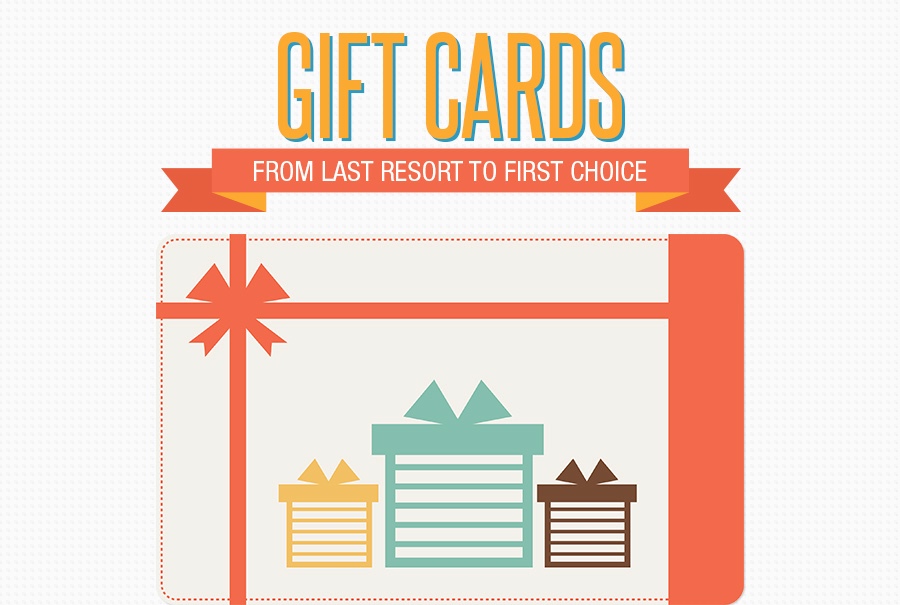Engraved glass is a sort of decorated glasses that involves shallowly engraving the surface of the glass. The inscribing varies from cut glass, which is made by utilizing a sawing motion to develop shapes in the glass.
Laser etching can generate finely engraved images on glass, yet the result can commonly really feel rough to the touch due to little shards of glass remaining externally. Amy shares some techniques she has gained from dealing with Epilog lasers to avoid these issues:
1. Hang it on the Wall surface
Generally, people reward glass for its appeal and beauty. However, it is a heavy and delicate product to work with and need to be carefully dealt with in order to maintain the item for several years ahead. To show your engraved glass, try to find hooks, brackets or mounts that are particularly developed for this objective. These can be found at equipment or art supply stores.
To reduce the opportunity of damage to your glasswork, apply a dampened solitary layer of paper towel to the surface area. This will certainly stop air bubbles or overlaps from impacting the engraving outcome.
Another alternative is to use application tape. This will certainly also help in reducing the area of your work surface from becoming harsh. In addition, you can try out various graphic processing setups for laser inscription glass. For example, you may locate that a higher power setting works much better with a reduced dpi, as this can lessen the possibilities of sharding. You can additionally try converting solid locations of fill to grayscale, as this will certainly lower the heat impacted area.
2. Position it on a Table
Glass engravings add an innovative look to any area and can be made use of for a selection of purposes. To make your glass engravings stand apart, consider frosting the surface or including a paint fill to intensify the style's exposure.
Before running a laser etching job, it's important to test the rate and power settings on the type of glass you will certainly be making use of. These improvements will allow your device to generate the look you seek while minimizing dangers of errors and damage.
Adding dampened paper towel or application tape to the surface of your work surface prior to lasering can assist with heat dissipation, avoiding the glass from coming to be rough.
You can additionally try altering your visuals color to 80% grayscale in order to additional different the dots and reduce any kind of fracturing that might occur during the engraving process. By incorporating these approaches, you can accomplish near perfect outcomes on a variety of glass items.
3. Place it on a Stand
The procedure of laser engraving glass requires a large amount of precision. Inscribing on rounded surfaces like containers and tumblers is specifically difficult because of imbalance issues. A jig or clamp aids to support the object and make sure proper positioning.
It's additionally crucial to choose a high-contrast style with bold lines and clear sides for the best outcomes. Using software application tools to personalized tea glass change contrast and illumination can aid attain these objectives. In addition, it's a good idea to check your styles on scrap glass prior to inscribe the real thing.
Including a layer of dark paper to the surface of the glass before engraving decreases cracking and enhances the general high quality of the end product. In addition, a wetted single-layer of paper towel externally of the glass can decrease results from warmth on huge surface areas. A rotating add-on is additionally advised for round things, such as bottles. This tool aids to maintain the work surface, decreasing vibrations that can influence the precision of the laser's positioning.
4. Place it on a Flooring
A basic method to display personalized glass is by putting it on the floor. This will offer the etching a more significant impact, as it will be visible from all instructions. Engraved glass can also be hung from a ceiling for a a lot more special effect.
While traditional approaches of etching glass require physical call and may harm the surface area, laser etching is a non-contact process that permits the development of intricate and thorough styles. Epilog Laser machines are straightforward and included intuitive software program that makes it simple for anyone to produce an one-of-a-kind imaginative style.
Before lasering, the glass must be cleaned thoroughly. Using a slim coat of pure meal soap to the location that is mosting likely to be etched will certainly assist avoid damages from warmth, as it dissipates the power produced during the etching procedure. In addition, making use of the rasterization kind "Got Dithering" in your laser software application will decrease the chance of any rough locations on huge surfaces and will enhance general clearness.
